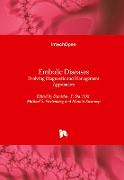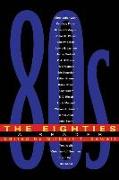Embolic Disease
BücherAngebote / Angebote:
In the realm of medical practice, the word "embolism" has many implications to many people, with most providers instinctively placing this word within an inherently negative context. Derived from the Greek word, ¿µß¿¿¿sµ¿¿, this term most literally means "interposition." Yet, regardless of how benign this etymological derivation may appear, the clinical context is quite the opposite-a symbol of much dreaded morbidity and mortality. Whether the embolus consists of a blood clot, a fat globule, a bubble of gas, amniotic fluid, or even an iatrogenic or traumatic foreign body, the unfavorable connotations persist even if the patient has few or no associated symptoms and requires no intervention.The primary goal of this book is to provide the reader with an overview of the most common types of embolic phenomena encountered in clinical practice, including some of the key related diagnostic and therapeutic considerations. Among chapters featured in the current collection are important contributions in the areas of pulmonary embolism, fat embolism, embolic complications of non-malignant cardiac tumors, acute arterial embolism of the lower extremity, thrombophilia in pregnancy, bullet and shrapnel embolization, coronary artery embolization, as well as a comprehensive review of venous interventions utilized in the management of thromboembolic disorders. When measured in terms of both human and financial costs, broadly defined "embolic phenomena" have tremendous impact on healthcare systems and societies around the globe. Through this academic effort of both our editorial team and individual chapter authors, we hope to provide the reader with valuable insight into the gravity of the collective problem. Among key takeaway messages of this book is that diagnostic relativity and uncertainty continue to prevail in the realm of "embolic diseases." Consequently, much more progress is required before we are able to declare success.
Folgt in ca. 15 Arbeitstagen




